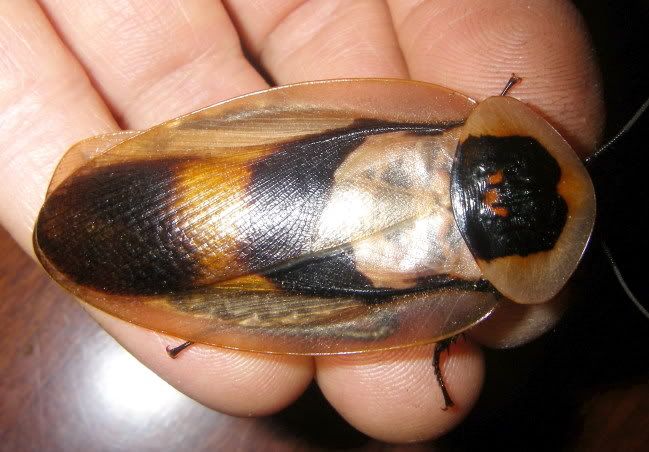- Joined
- Feb 5, 2005
- Messages
- 150
You are correct
Its not dried and shriveled it is alive both were random specimens taken from 2 different enclosures;P
Its not dried and shriveled it is alive both were random specimens taken from 2 different enclosures;P






